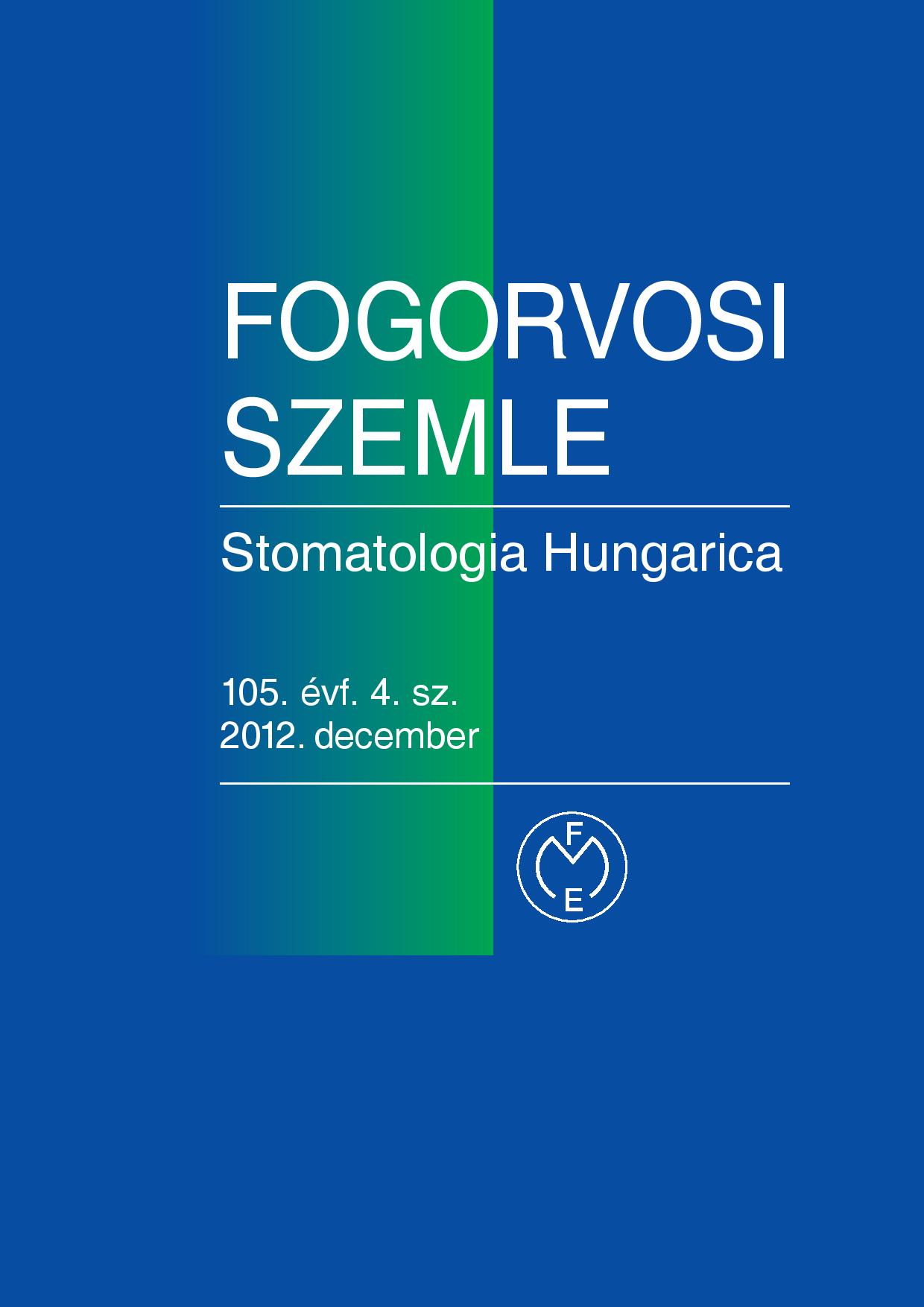The prevalance of herpesviruses in human apical periodontitis samples
Abstract
Apical periodontitis is primarily initiated by the endodonto-patogen bacteria spreading from the inflamed or necrotic pulp tissues to the periapical area. Nevertheless, findings within the past years have established a pathogenic role of human herpesviruses such as Epstein-Barr virus (EBV) and human cytomegalovirus (HCMV) in periapical inflammations. The authors analysed the prevalence, activity and disease association of EBV, HCMV and human herpesvirus 6 (HHV-6) in 40 apical periodontitis samples and 40 healthy pulp controls. Based on the viral DNA results, EBV (29/40) was the most frequent herpesvirus in apical periodontitis, followed by HHV-6 (8/40) and HCMV (4/40). According to the mRNA results approximately two-third of the EBV DNA-positive lesions had active EBV infections. However, the HHV-6 and the HCMV infections seemed to be of latent state. Our findings suggest that EBV and HHV-6B infections primarily occurred in large sized and symptomatic periapical lesions. The co-occurrence of large lesion size and active EBV infection was strongly associated (OR=8.80) with the symptomatic manifestation of apical periodontitis.
Copyright (c) 2021 Authors

This work is licensed under a Creative Commons Attribution 4.0 International License.


.png)




1.png)



